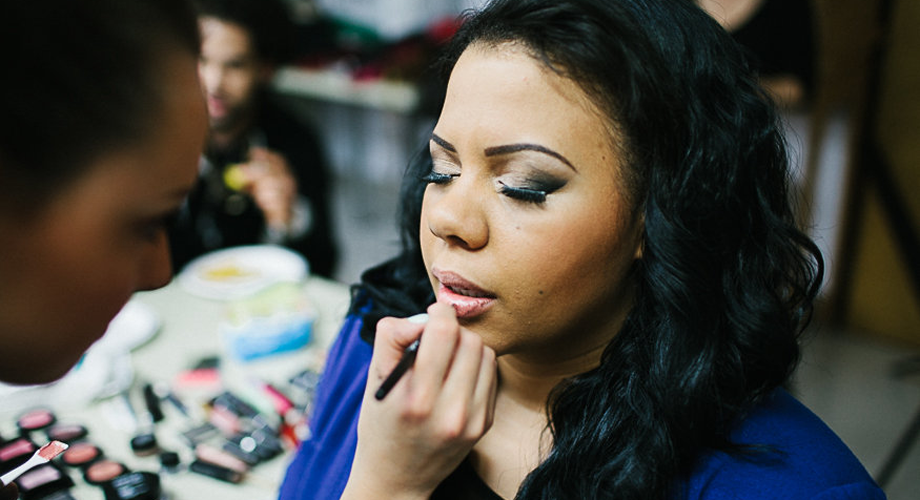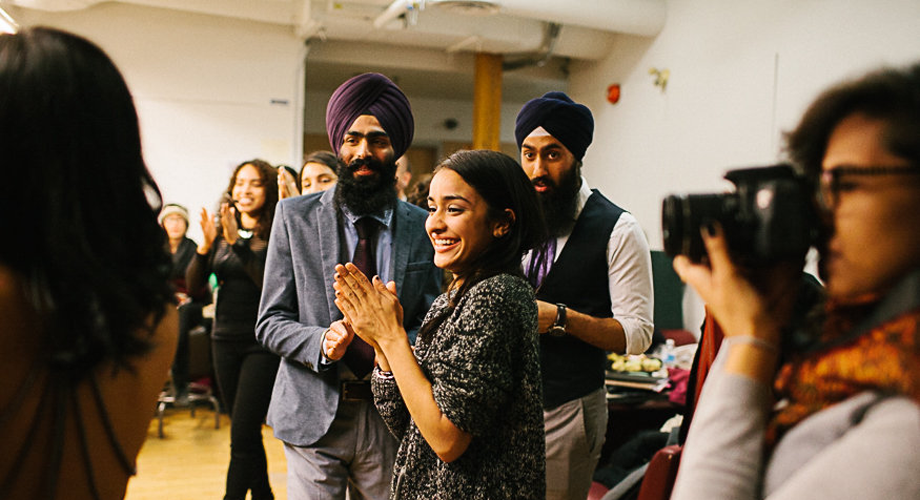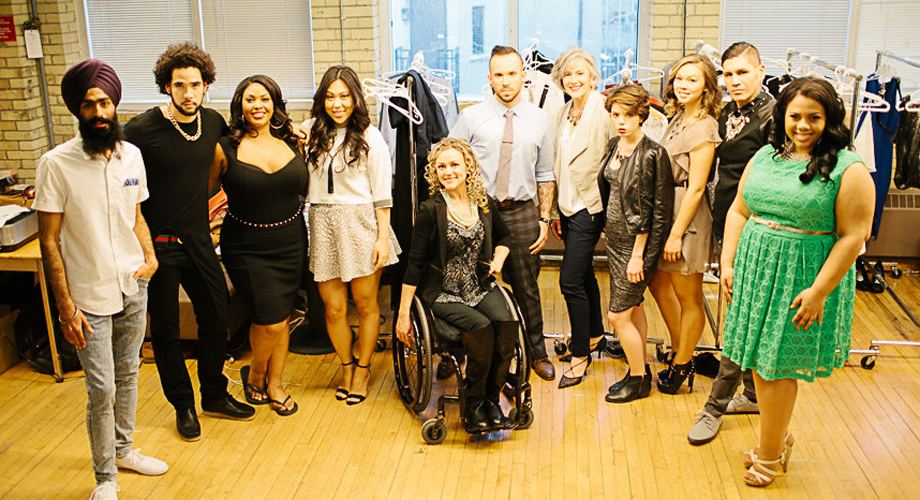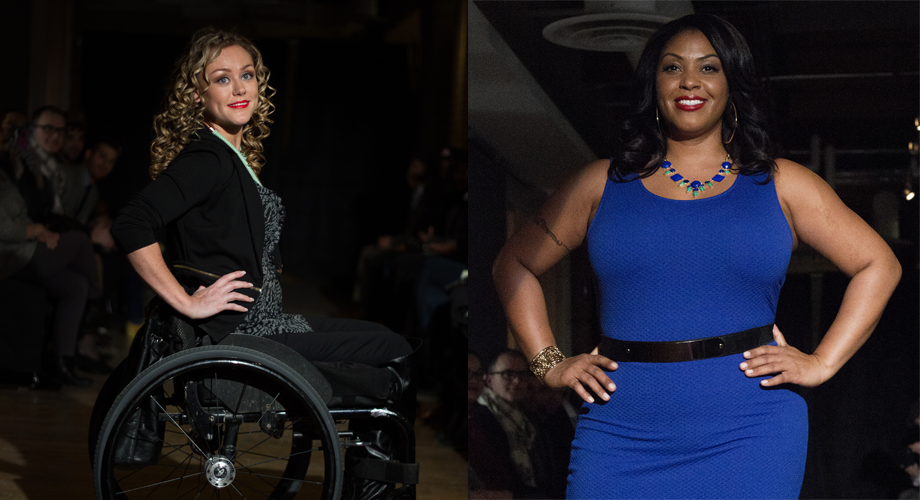In the Blog
Changing the runway: Project Diversity fashion show challenges Eurocentric modeling norms

Brody White Photography
“The real looks, the possible looks, are the ones we own ourselves,” says Kirthiga Rajanayagam as she walks down the same runway her models will walk in a few minutes.
“There’s a reason no two people are alike.”
We’re on the third floor of the interior design building on Ryerson University’s campus, a loft-like space on Church Street in downtown Toronto, watching eleven models move down the runway as part of Rajanayagam’s fashion show Project Diversity which took place on March 24. They share their thoughts on diversity in the fashion world in pre-recorded messages played over techno music:
“I think in order to sell products we need to see ourselves using those products.”
“I’m a firm believer that the spotlight is bright and there’s a space for all of us.”
“We as consumers hold the power.”
I realize how rarely models – particularly the very young and unknown – are required to speak about the business, if they’re asked to speak at all.

Photo courtesy of Brody White Photography
“Disrupt the norm” is an apt tagline for Project Diversity that, in many ways, bares no resemblance to the typical fashion show. For one thing, it’s Rajanayagam’s fourth-year thesis, a culmination of eight months’ work by the 22-year-old fashion communication student at Ryerson University. Unlike most runways, Rajanayagam’s included multiple ethnicities, sizes, genders, styles, ages and abilities. Comfort takes precedence over conformity; the pieces were chosen by the models themselves to “showcase [them] in their most confident looks,” says associate producer Helen Saygan.

Photo courtesy of Brody White Photography
Rajanayagam, a former producer for Mass Exodus (the largest student-run fashion show in the world) casted, promoted and produced the show with the intent to celebrate the plurality the fashion industry is sorely missing. She cast a wide net in her search for models that didn’t conform to the standard – which is how she met Adrienne Walpert.
At the age of 18 Walpert was in a traumatic accident for which she now uses a wheelchair. While she was working in the modeling industry she found that she wasn’t getting the same opportunities she had before the accident. A friend saw Rajanayagam’s casting call and encouraged Walpert to apply. She sent in her photos, a detailed background of her modeling history and went in for an interview. “Kirthiga called me right away and was like, ‘we want you’,” said Walpert, now 28 and a student at George Brown. She says having a disability shouldn’t stop anyone from pursuing modeling. “Be confident because that is what sells not buying what other people do.”
The idea for the project didn’t come to her immediately, Rajanayagam says of her thesis. But as a student and consumer of fashion, it wasn’t far from her mind. “I was looking at appearances and different type of models in the industry and I thought there really isn’t enough diversity.”
Narrowing down the applications to a group that represented the diversity of the city was the most difficult part, she says. I asked her how many people responded to her casting call. “Honestly, I don’t remember. There was a lot and I’m very flattered for all of the responses…the response was phenomenal.”

Photo courtesy of Brody White Photography
Saygan, 20, a second-year fashion design student agrees. Like Walpert, she reached out to Rajanayagam after hearing about the request for an associate producer from a friend.
“The consumer is not just one ideal,” she says. “Toronto is such a diverse city and for us to not showcase that in our fashion industry is just wrong. It’s something our city is known for and it’s something our fashion should be known for.”
The omnipresent nature of the industry – runways, clothing, commercials, magazines, billboards, ads on the side of a bus – has always made it a target for scrutiny and activism: whether it is cultural appropriation, unethical clothing production or hypersexual imagery. And, despite its large heterogeneous market, runways, magazines, fashion designers and businesses continue to rely on a Eurocentric image few can ever hope to achieve. Consumers and industry veterans around the world have been fighting back, leading to some significant changes (or at least acknowledgements). In 2012, Vogue promised to stop hiring underage and underweight models. Last year iconic models Naomi Campbell and Iman loaned heir support to Balance Diversity, a campaign founded by activist Bethann Hardison.

Photo: Alexa Phillips
It’s the work of students like Rajanayagam that makes the future of fashion a little less bleak. But she says it’s not just up to the future leaders in fashion to transform the industry. Redefining the ubiquitous “target audience” means understanding that it includes everyone – not just those on the magazine covers.
“I think it comes from students, tastemakers and consumers; it’s all a cycle. No party has more power than another,” Rajanayagam explains. “As one of my models says, unless you demand change you won’t see it.”



